How do you keep your dry foods safe? That depends on a number of factors, including the local climate, humidity levels, if your storage area is cool and dark or not, and how long you need to store it.
One good option is the ‘dry pack’ method.
You pack (or pour) dry food into an airtight food grade container.
There are better and worse ways to do this. (See here for ALL about it!)
Several years ago I attended a class at a local grocery store where the teacher showed us how to extend the shelf life of dry foods. Some of those foods were wheat and rice, but she included chocolate and nuts. You can store peanut M&Ms?! She said this was an experiment, but they’d stored beautifully for a year and she didn’t know how much more to expect.
She used glass canning jars, lids, and a seal-a-meal (vacuum packaging) attachment for canning lids.
I don’t have the attachment, but discovered something else that works-- oxygen packets! A 300cc oxygen pack will remove oxygen from filled containers up to a gallon in size. The cheapest way I’ve found to buy these is through the Church’s website, in quantities of 100. If you’re buying them elsewhere, know that a 100cc oxygen pack is powerful enough for any container of one quart or less.
Oxygen packets are little squares—about 2” across and mostly flat—that contain iron powder. Oxygen crosses through the packaging material, where it causes the iron inside to rust. This permanently locks up the oxygen.
Oxygen packets are recommended for dry-pack canning for two reasons-
- their use quickly removes oxygen that could keep insects alive in what you’re storing, and
- removing oxygen extends the shelf life of a food.
Three things, more than any others, shorten shelf life of foods once moisture has been reduced--oxygen, light, and heat. If you can remove the oxygen, the food will last longer. This is especially true if you store it someplace dark or cool, and preferably both.
But removing oxygen also creates a vacuum, which can seal the jars for you. No seal-a-meal vacuum attachment needed.
I’ve been dry-packing food in glass canning jars, as well as PET and PETE plastic bottles, for about ten years.
PETE plastic bottles include those you buy juice in. Check the bottom of the bottle, and if it says PET or PETE, you can use it. You can also use food storage foil pouches, which can be cut to whatever size you like, and sealed all the way around.
Make sure your containers are clean and dry, then fill most the way with whatever food you’re placing in it. Add an oxygen packet, screw on the lid, label, and store somewhere cool and as dark as you can find. (I like to run a band of masking tape around the lid edge, so I can tell at a glance later if someone opened it—a real possibility in a houseful of children!)
Simple, right?
But dry-canning in glass jars—vacuum canning-- has been a game-changer for me. You can use any size of canning jar, from the little 4-oz ones to the big 2-quart size.
Here’s how I do it:
Get jars, lids, and rings ready- they need to be totally clean and dry.
Get your food ready- totally clean, with moisture levels below 10%
Get your oxygen packets ready- keep them in their sealed package or airproof jar until the last minute.
Fill the jars up to the neck only, or a little below the neck. You’ll need a little bit of extra space in there, and overfilled jars don’t seal well. Set a new lid and ring (band) to the side of each one. Wipe off the top of each jar, to be sure you have a clean surface for the lid to seal to. Open up the oxygen packets, and, working quickly, drop a packet into each. Quickly top each jar with a lid and screw the band on. Label each jar with the contents (if not obvious) and the date (always).
Oxygen packets will start to absorb oxygen immediately, and you don’t want them using up all their power before they’re in the jar! You can tell the packets are working because they warm up.
Store the leftover packets in a glass jar with a lid and band firmly screwed on. They’ll be ready the next time you need them.
The oxygen packets will do their job in the food jars over the next 48 hours, dropping the oxygen content down to .1%. As this happens, suction is created inside the jar, making the lid seal. It’s not as secure of a seal as you get with regular canning (steam, water bath, or pressure), but it almost always holds. Avoid bumping the tops of the jars, since this can knock lids loose. Leave the bands on for at least the full 48 hours. You can leave them on the whole storage time if you like.
I’ve have learned a few things along the way.
Removing oxygen makes a huge difference, and I can even store foods with a high fat content (peanut M&Ms!) for a few years without them going rancid.
When storing my homemade tomato powder the first year, I used oxygen packets with some jars, and not with others. Dried foods are listed as ‘best within a year,’ though that depends a lot on storage conditions. Two years later, there was a visible difference between the oxygen-free tomato powder and the untreated powder. The ones with oxygen removed were still as brightly colored—and nicely flavored—as at the beginning, while the others had lost both color and flavor.
How long does sealing and removing air extend shelf life?
That depends.
When stored in my cool, dark basement, nuts have remained great for about 5-6 years. I recently opened two jars of walnuts canned in 2010! One jar had remained sealed, but the other hadn’t. While the sealed-jar nuts were definitely better three years ago, they were still in the realm of ‘OK’. Barely. But the ones that had lost their seal? Awful. Really, truly awful. The smell of rancid oil assaulted my nostrils as soon as the lid was lifted, and those nuts—stored side-by-side with the other jar—were several shades darker. (I gave those to the chickens. Not sure whether they got eaten or not.) So the moral of the story is to ROTATE your food. Use it. I try to store the right amount of food to be able to go through it in the next two years, and that would have been great. Try to use any high-oil-content food within at least five years.
But low-oil foods like rice and wheat? They’ll store nearly indefinitely. 20, 25, 30 years or more are the estimates from BYU’s food studies. But still rotate using it.
Things I’ve successfully home dry-packed (stored in airtight containers with oxygen packets)
→Rice
→Vegetable powders- tomato, zucchini, pumpkin, beet
→Citrus sugar (dried zest from orange, lemon, or lime, added to sugar and run through the blender to form a powder. I use it in place of orange or lemon extract.) https://www.theprovidenthomemaker.com/1/post/2010/10/garden-seeds-homemade-orange-flavoring-and-easy-marmalade.html
→Dried candied orange peel (also used to flavor recipes- see the same link as citrus sugar)
→Thoroughly cooked and dried crumbled sausage (all dry packed foods MUST be below 10% water content, or you risk botulism)
→Raw almonds, walnuts, pecans, macadamia nuts, pecan meal, pumpkin seeds, pine nuts, pistachios, smoked almonds, honey-roasted peanuts …
→Sesame seeds, flax seed,
→Spices
→Bridge mix
→Trail mix
And probably more that we’ve long since eaten and forgotten about.
I don’t dry-can dried fruit, because it lasts a few years anyway, we’re pretty good at rotating through it, AND I haven’t wanted to do the measuring and weighing to determine if the moisture content is low enough to dry-can it safely.
The things people usually dry can at home are wheat, rolled oats, beans, lentils, rice, etc.
So why did I put these other things in jars with oxygen packets?
There are 3 typical reasons- (1) something was at a really good price and I wanted to have it last, (2) I naturally had a lot of that thing, or (3) I was curious to see if it would work!
In the case of all those nuts and seeds, there used to be a local nut packaging company that only allowed its wholesale customers to keep any particular product on the shelf for six months. Whatever didn’t sell in that time was returned to the company, who would resell this ‘expired’ product for $1 per one-pound bag… no matter if the bag contained gummy bears or macadamias. Most of the time the nuts were still very good—depending on how and where the store displayed them—in a hot window or on a cool, darker shelf. As you can see from the photo and list of things I’ve vacuum-canned, my friends and I took full advantage of this!
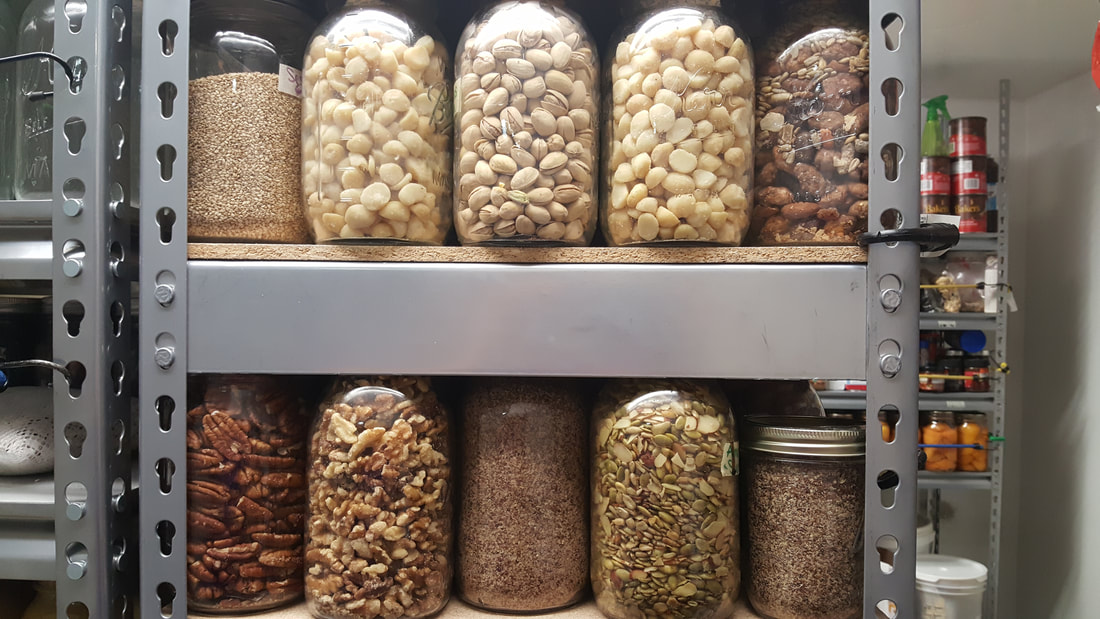

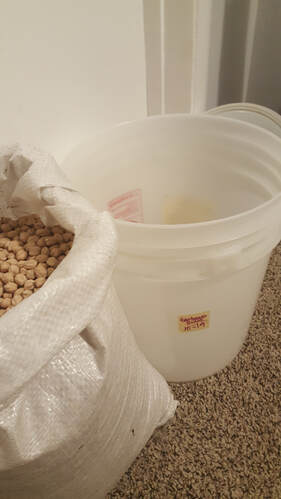
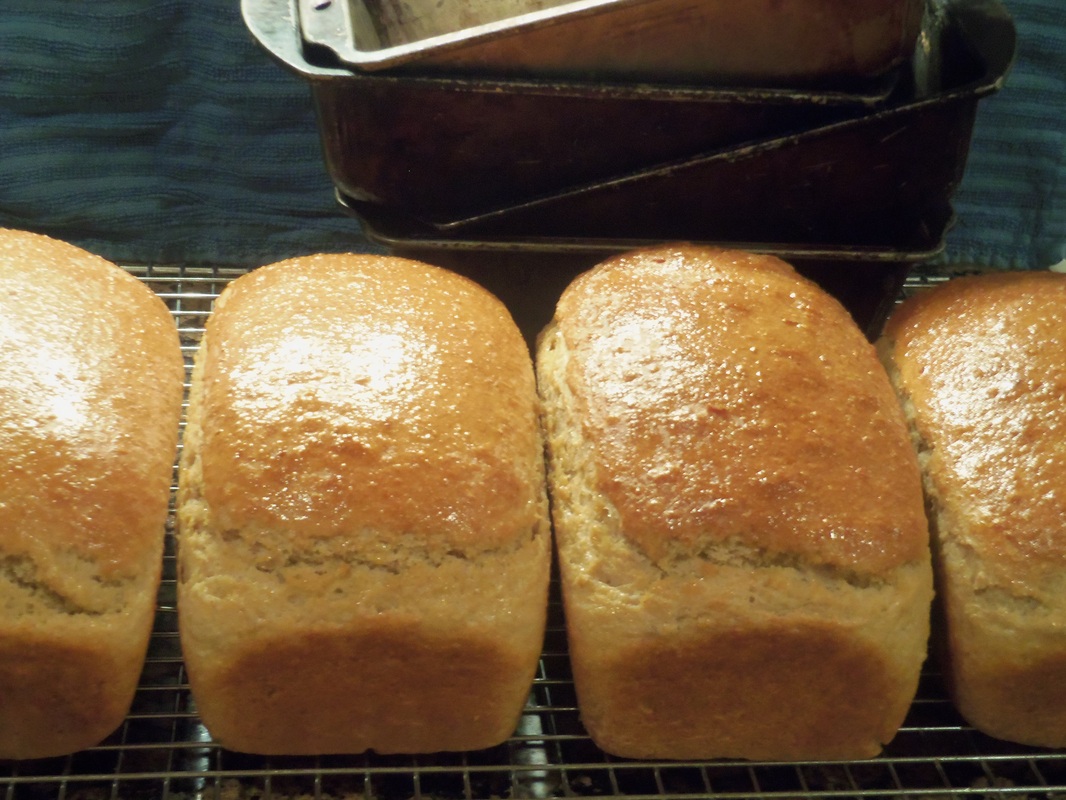
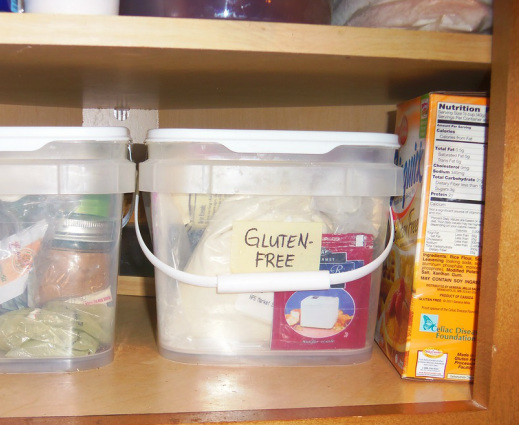
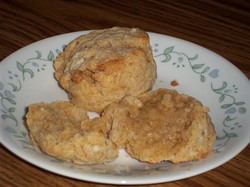

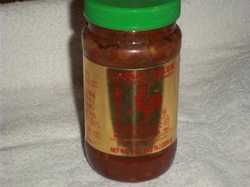
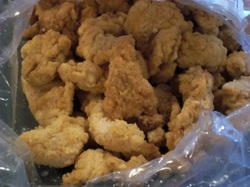
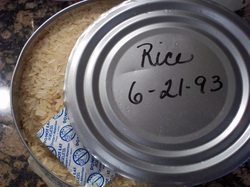





 RSS Feed
RSS Feed